Ever thought of time-traveling through Japan without leaving the present? Museums in Japan are not just about silent halls and ancient artifacts; they’re portals to a rich past, a vibrant present, and a future that’s as exciting as a slice of fresh sashimi.
From the heart of Tokyo to the serene beauty of Kyoto, we’re diving deep into a cultural adventure that’s anything but ordinary. Ready to explore Japan in a way that’s as thrilling as hopping on a Shinkansen? Let’s get this journey started.
The 10 Best Museums in Japan
1. Tokyo National Museum
Picture this: you’re in Ueno Park, the cherry blossoms are in full bloom, and you’re about to step into the largest museum in Japan. Welcome to the Tokyo National Museum, a place where every corner tells a story, every exhibit whispers secrets of the past. This isn’t just any museum; it’s a cultural behemoth where you can witness the evolution of Japanese art, from samurai swords that have seen more battles than you’ve seen Netflix series to pottery that’s older than your favorite vintage wine.
What to Expect: Imagine walking through rooms filled with treasures that tell tales of emperors and commoners alike. You’ve got Buddhist sculptures that seem to look right into your soul, paintings that capture moments frozen in time, and armor that makes you want to battle dragons (or at least, pose next to them for Instagram). And if you’re into the whole historical vibe, “historical museums Japan” just found its poster child.
Visitor Tips: Hit the museum early to avoid the crowds and have the ancient world to yourself. And when you’re done, Ueno Park is your oyster – explore its many faces, from serene shrines to the buzzing street food scene. This isn’t just a museum visit; it’s a day-long affair with history, culture, and maybe a picnic if you’re feeling fancy.
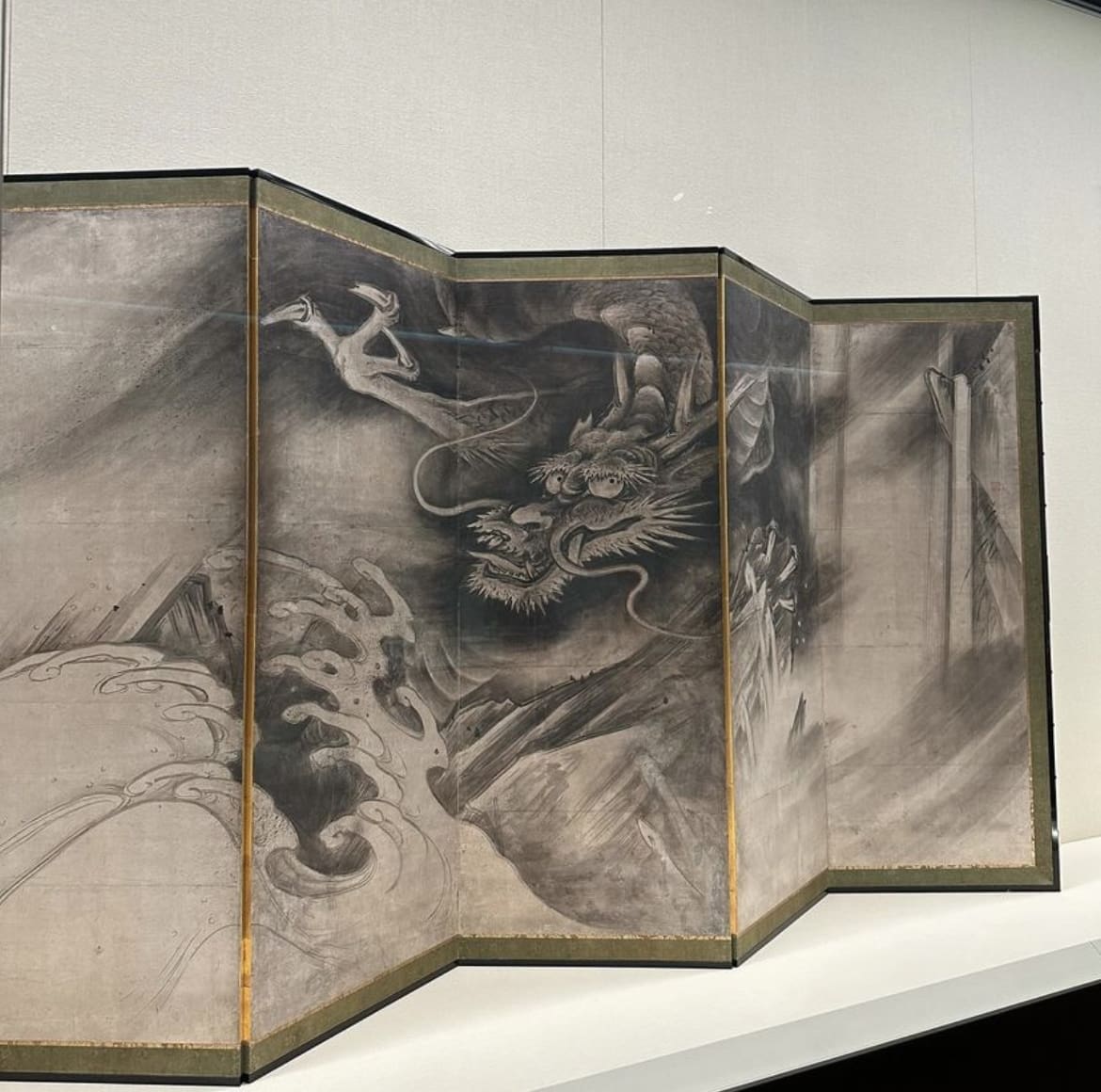
2. Kyoto National Museum
Next stop, Kyoto. If Tokyo National Museum is the loud and proud sibling, Kyoto National Museum is the serene and sophisticated one. Nestled in the heart of Japan’s ancient capital, this museum is a love letter to Japan’s artistic achievements, offering a deep dive into the nation’s soul without the need for a time machine.
Exhibits Highlight: Here, every scroll, every kimono, and every piece of pottery is a piece of the puzzle that is Japan’s rich cultural tapestry. The museum’s special exhibitions are like the cherry on top of a cultural sundae, offering fresh insights into Japan’s artistic evolution. Searching for “Japan art museums”? Congratulations, you’ve hit the jackpot.
Exploration Tips: Make a day of it. Wander from the museum to the temples, stroll through the bamboo forests, or just get lost in the narrow lanes of Gion. Kyoto is a city that rewards the curious and the adventurous. And with every step, you’re walking the same paths as samurais and poets from centuries ago. How’s that for a throwback?
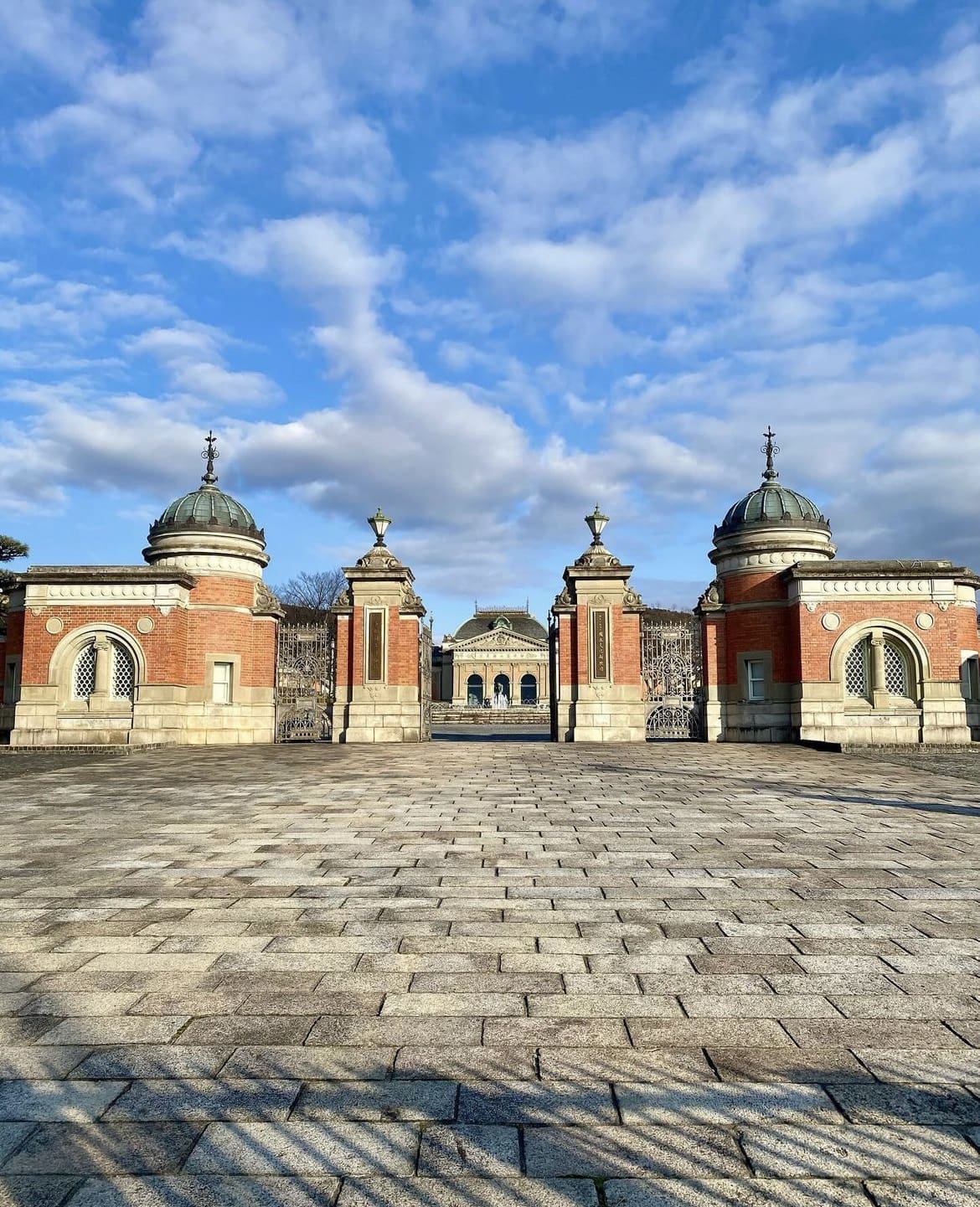
3. Hiroshima Peace Memorial Museum
From the artistic to the poignant, our next destination takes us to Hiroshima. The Hiroshima Peace Memorial Museum is more than just a museum; it’s a powerful reminder of the horrors of war and a hopeful promise for peace. This is where history is not just seen but felt, right in the heart.
Emotional Impact: Brace yourself for an experience that’s as moving as it is enlightening. The exhibits here – from personal belongings to photos – tell a human story behind the tragedy of August 6, 1945. It’s a place where “Japan history museums” takes on a whole new meaning, offering lessons that resonate far beyond its walls.
Reflective Journey: After the museum, the Peace Memorial Park awaits. It’s a place for reflection, for promises of never again, and for understanding the strength of the human spirit. Visiting here is not just about looking back in sorrow but also about looking forward with hope.
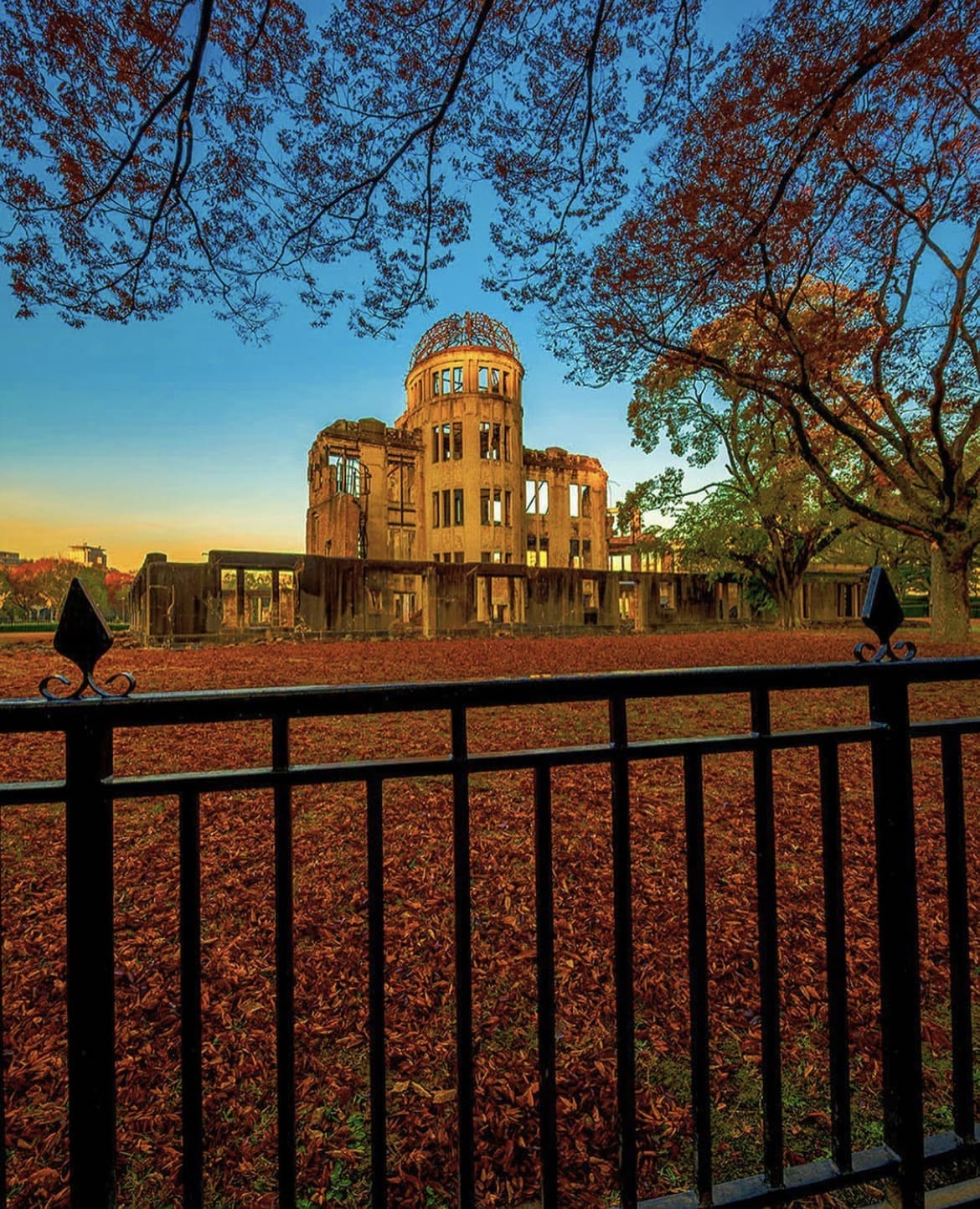
4. The National Museum of Art, Osaka
Buckle up, because we’re zooming into the future—well, the present, which in Japan, often feels like the future. Osaka’s calling, and its National Museum of Art isn’t your grandma’s art gallery. Nestled underground, its entrance is a futuristic tunnel that feels like a portal to another dimension. Here, art isn’t just observed; it’s experienced.
Introduction: Think of this place as the cool, edgy cousin in the museum family. With its focus on contemporary art, it’s where you go to see what’s now and what’s next. The architecture itself is a statement, a sculpture that whispers, “Welcome to the avant-garde.”
Featured Collections: From post-war Japanese art that captures the phoenix rise of a nation from ashes, to international pieces that make you go, “Huh, neat,” every visit is a rollercoaster of emotions and thoughts. If you’ve been hunting for “unique museums Japan,” you’ve found your treasure.
Visiting Tips: Dive into the special events and workshops. They’re not just about looking at art; they’re about making it, understanding it, and sometimes, questioning it. This isn’t just a museum visit; it’s a brain spa for your creative side.

5. Ritsurin Garden
Who said museums need walls? Not us, and definitely not Ritsurin Garden. Imagine a place where every tree, every stone, and every pond has been carefully curated like a piece of art. This is no ordinary park; it’s a landscape museum, showcasing the art of Japanese garden design at its best.
Overview: In Takamatsu, this historic garden offers a tranquil escape from the hustle and bustle of city life. It’s a place where nature and art dance in harmony, creating scenes so picturesque, your camera might weep with joy.
Garden Features: Follow the winding paths, find the perfect spot for a tea ceremony, or just sit and watch as the garden changes with the seasons. It’s a living exhibition, one that plays out differently each day. If you’re looking for “Japan cultural attractions,” Ritsurin Garden is a breath of fresh air—literally.
Experience Tips: Visit during different seasons to see the garden’s transformation. Spring’s cherry blossoms, summer’s lush greens, autumn’s fiery maples, and winter’s serene snowscapes each tell a different story. This is where you slow down and let the beauty of nature sink in.
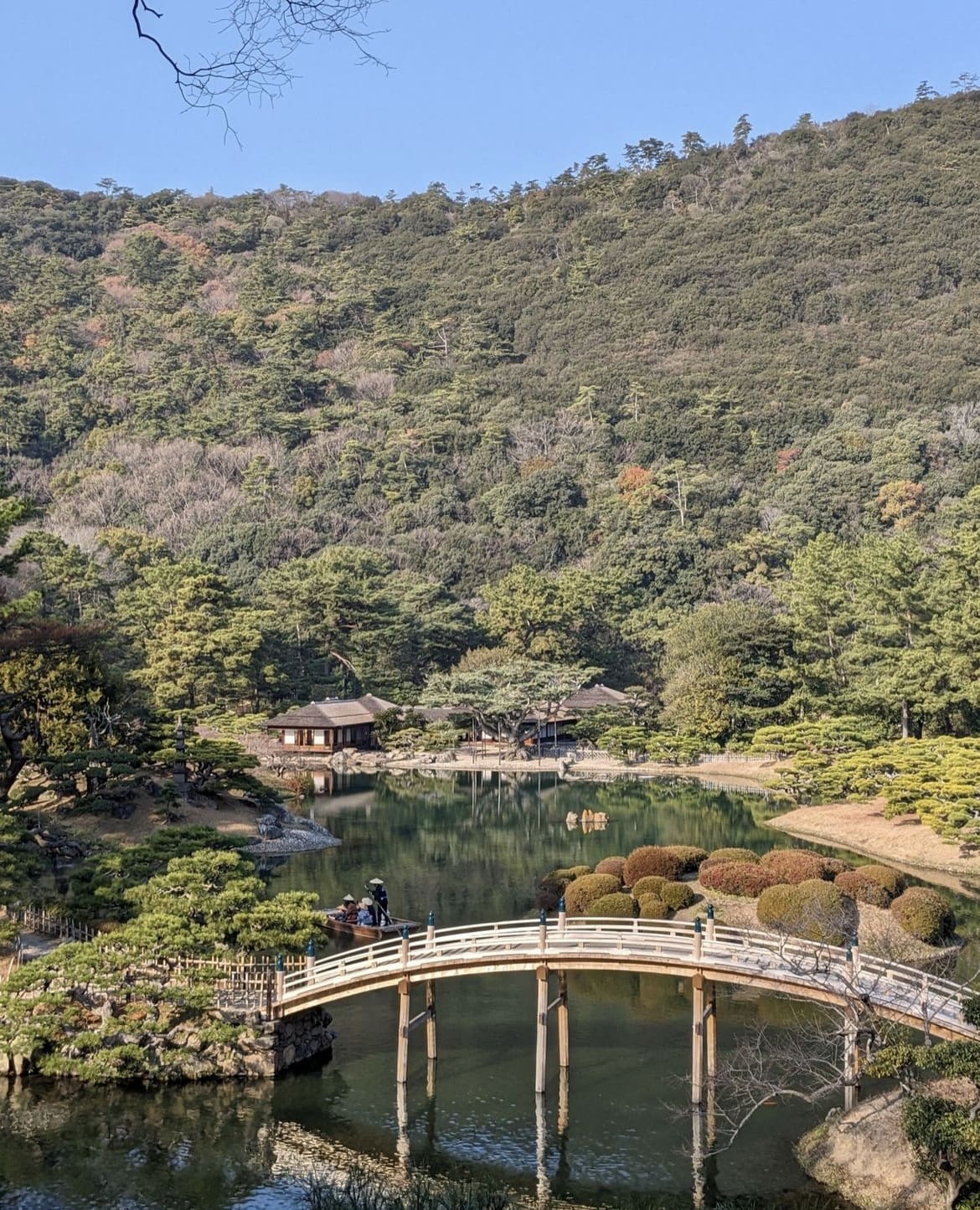
6. Edo-Tokyo Museum
Ready to jump back in time but in a totally cool, urban way? The Edo-Tokyo Museum is your time machine, offering a glimpse into the life and times of Tokyo before it was Tokyo. It’s a place where history isn’t just told; it’s shown, with life-sized replicas and interactive exhibits that pull you into the narrative.
Introduction: This museum is like walking into a pop-up book version of Tokyo’s past. From the towering structures of the Edo period to the bustling streets of Tokyo during the Showa era, it’s a history lesson you actually want to stay awake for.
Interactive Displays: Ever wondered what it was like to cross the Nihonbashi Bridge in the 17th century? Or how people shopped in the Shitamachi downtown area? Here, history is not behind glass; it’s under your feet, around you, inviting you to explore and engage.
Exploration Guide: Start here to understand the incredible transformation of Tokyo from a samurai stronghold to the neon-lit metropolis we know and love. It’s not just about visiting museums; it’s about “visit museums Japan” in the most immersive way possible.
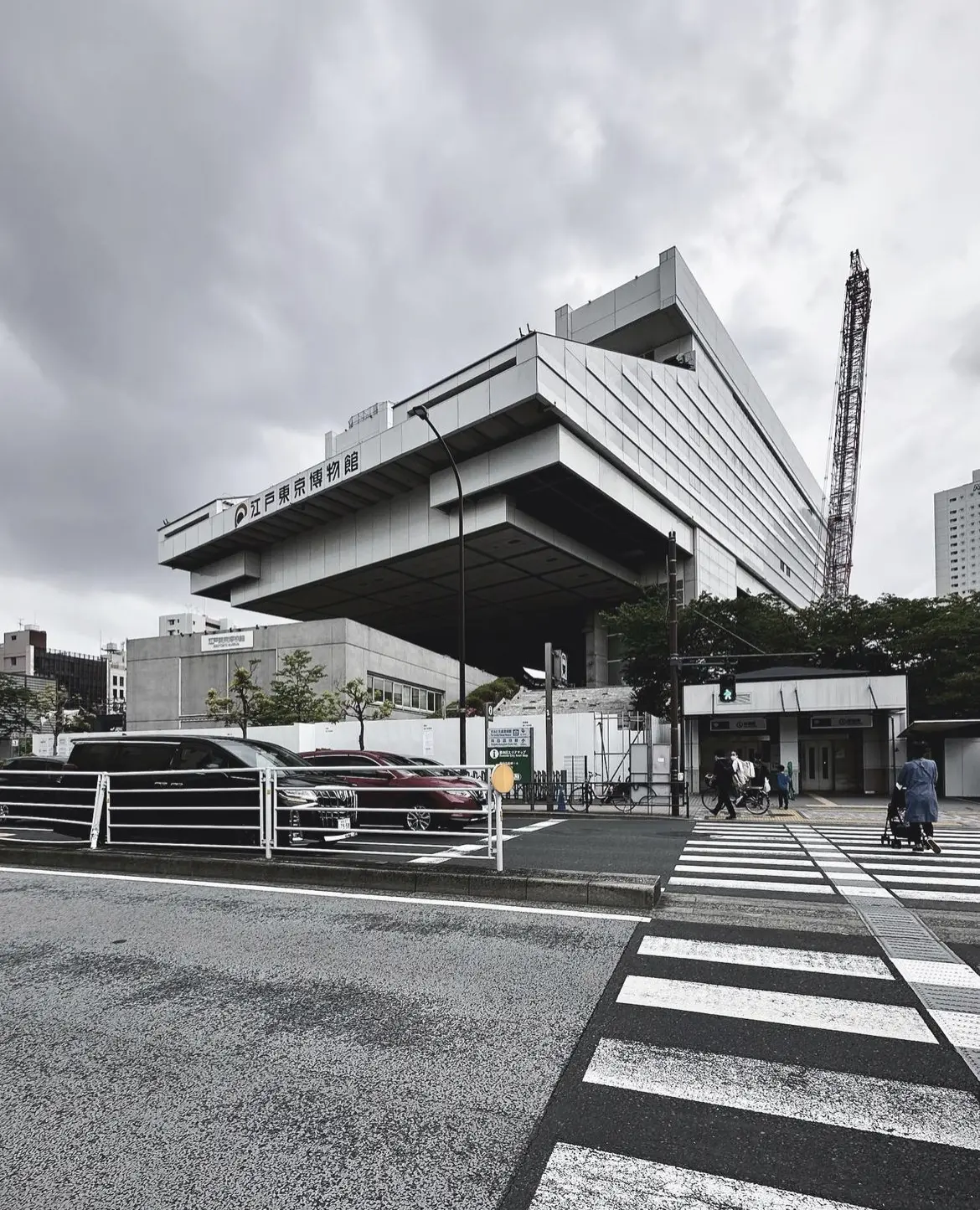
7. Nagasaki Atomic Bomb Museum
As we continue our journey, we come to a place of deep reflection and solemn remembrance. The Nagasaki Atomic Bomb Museum isn’t just a museum; it’s a poignant reminder of the day that changed the world forever. This is where history’s shadows linger, urging us to look back not in anger but with a vow for peace.
Overview: This museum stands as a testament to the resilience of the human spirit in the face of unimaginable tragedy. Through its exhibits, it tells the story of August 9, 1945, but also of the hope and determination that rose from the ashes.
Memorial Sites: The visit doesn’t end at the museum. The Peace Park and the Hypocenter Park nearby extend the narrative, offering spaces for contemplation and commemoration. Together, they form a complex that speaks volumes about the importance of remembering and the power of forgiveness.
Contemplative Visit: This isn’t an easy visit, but it’s a necessary one. It’s about understanding the past to build a better future. In the context of “Japan history museums,” this one plays a crucial role in reminding us of the costs of war and the priceless value of peace.
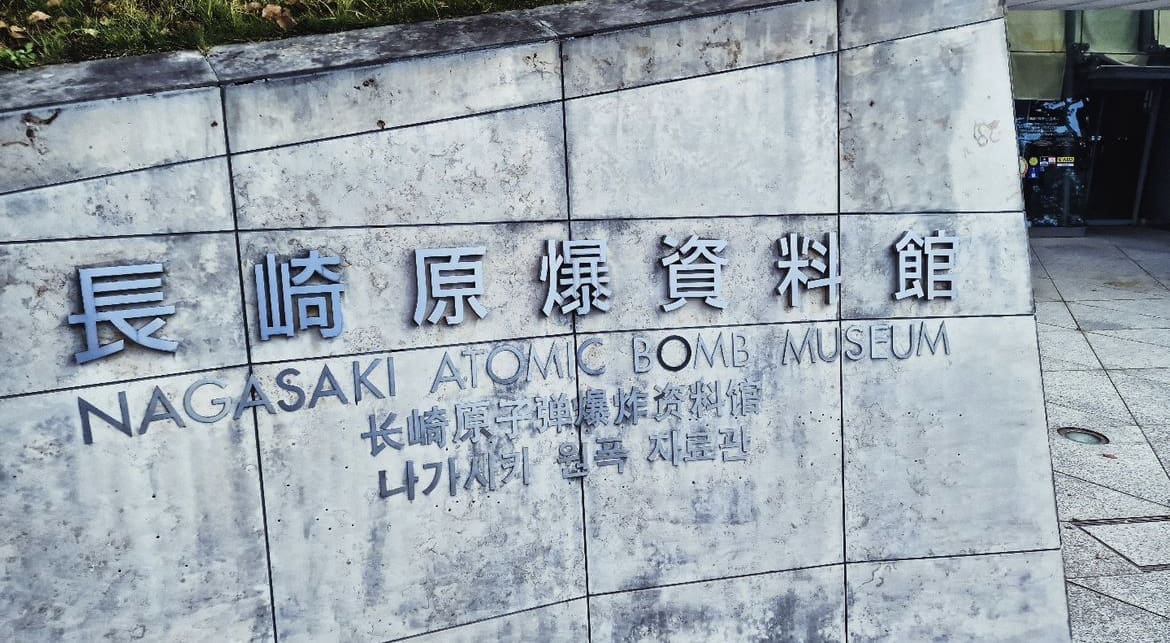
8. Samurai Museum
Shifting gears, we delve into the thrilling world of the samurai at Tokyo’s Samurai Museum. This is where history meets legend, bringing to life the tales of bravery, honor, and the intricate culture of Japan’s famed warriors.
Introduction: Imagine stepping into a scene from a samurai movie—except everything around you is real. From meticulously preserved armor to deadly elegant swords, this museum offers an immersive experience into the life and times of the samurai.
Exhibit Highlights: The highlight here is undoubtedly the chance to see real samurai armor up close. But it’s not just a static display; interactive exhibits, including sword handling demonstrations, bring the samurai spirit to life. For those searching “unique museums Japan,” this one’s a hit.
Visitor Experience: The museum doesn’t just want you to see; it wants you to engage. Dressing up in samurai armor, learning about the Bushido code, and even wielding a katana (safely, of course) make this visit a memorable plunge into Japan’s martial past.
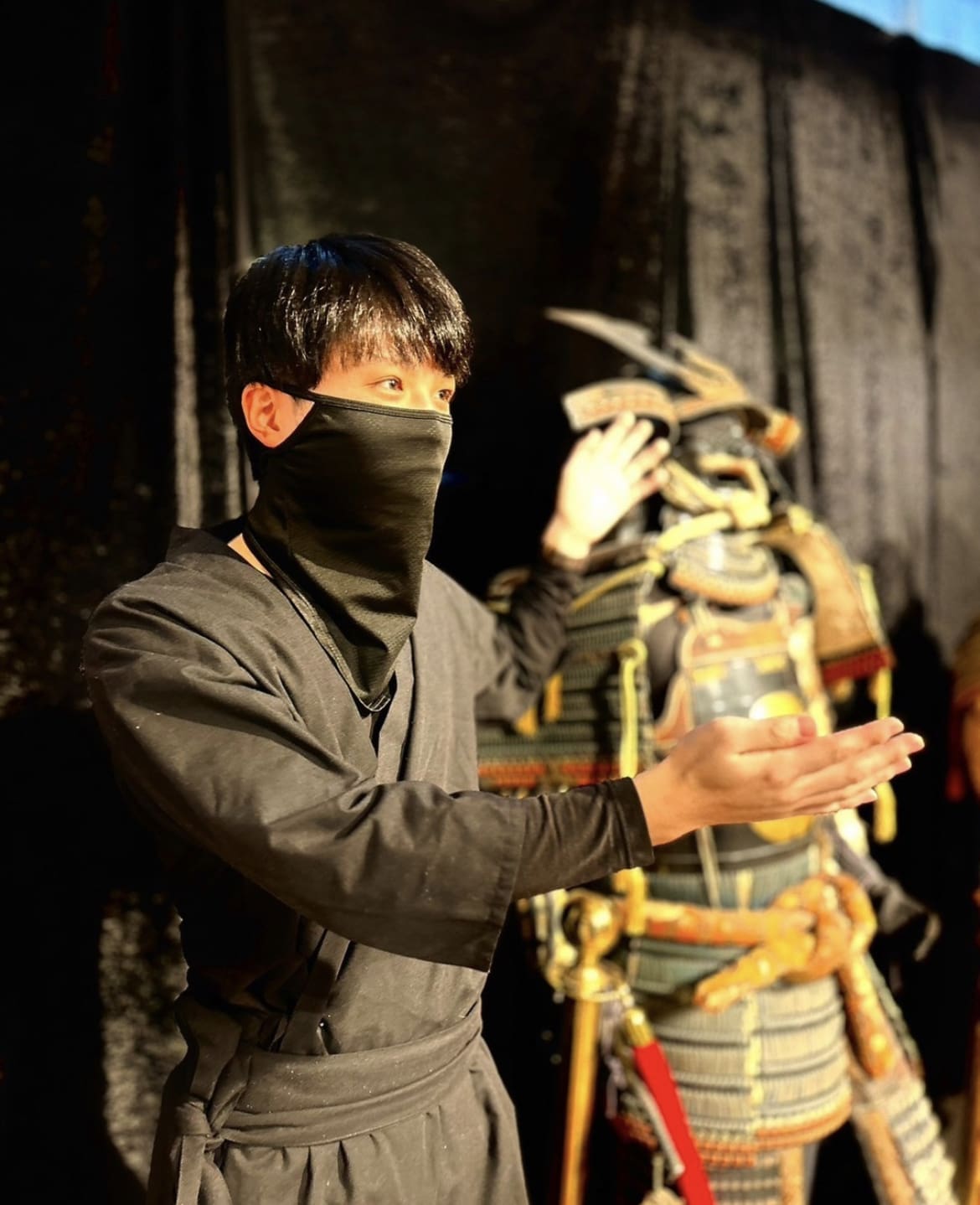
9. Ghibli Museum
From the solemn and historical to the whimsical and magical, our next stop is the Ghibli Museum. This is where the fantastical worlds of Studio Ghibli come to life, offering a peek into the creative genius of Hayao Miyazaki and his team.
Overview: Nestled in the quiet suburb of Mitaka, Tokyo, the Ghibli Museum is like stepping into a dream. It’s a place where imagination runs wild, and every corner reveals another layer of magic.
Must-Sees: The museum’s exclusive short films, which can only be seen here, are a treat for fans and newcomers alike. But the real magic is in the details—the intricate exhibits, the whimsical designs, and the rooftop garden with its own Laputa robot guardian.
Planning Your Visit: Tickets need to be purchased in advance, and they’re as coveted as a golden ticket to Willy Wonka’s factory. This isn’t just a museum; it’s an experience, a journey into the heart of creativity. It’s “family-friendly museums Japan” at its best, offering something for everyone, from the young to the young at heart.
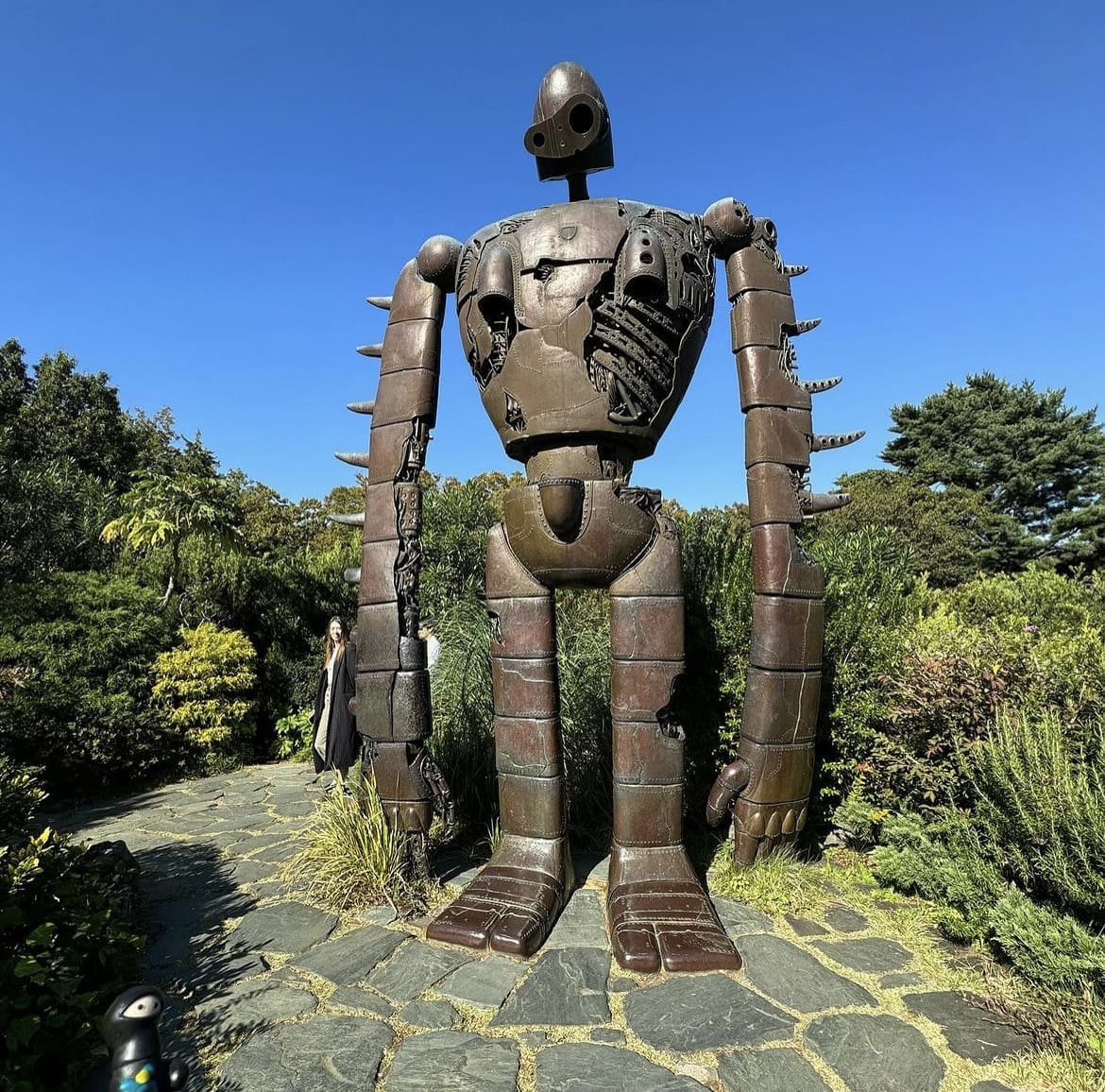
10. Okinawa Churaumi Aquarium
Our journey through Japan’s museums takes a refreshing turn as we plunge into the aquatic marvels of the Okinawa Churaumi Aquarium. Not your typical museum, but an immersive experience into the depths of the ocean, where marine life thrives in harmony and mystery.
Redefining Museums: Situated within the Ocean Expo Park in Okinawa, this aquarium challenges the conventional idea of museums. Here, the exhibits are alive, swimming in vast tanks that replicate their natural habitats, offering a window into the underwater world.
Aquatic Displays: The Kuroshio Sea tank, one of the largest in the world, is a spectacle to behold. Home to giant whale sharks and manta rays, it offers a mesmerizing experience as these gentle giants glide gracefully, captivating all who watch. It’s a vivid reminder of the ocean’s majesty and mystery, making it a must-visit for anyone exploring “Japan cultural attractions.”
Exploratory Tips: Beyond the main tank, the aquarium hosts a myriad of marine life from Okinawa’s waters and beyond. The coral sea tank, dolphin shows, and the sea turtle pool offer intimate encounters with marine species, fostering a deeper appreciation for the ocean’s biodiversity. It’s a place where “family-friendly museums Japan” takes on a whole new meaning, engaging visitors of all ages in the wonders of marine conservation.

